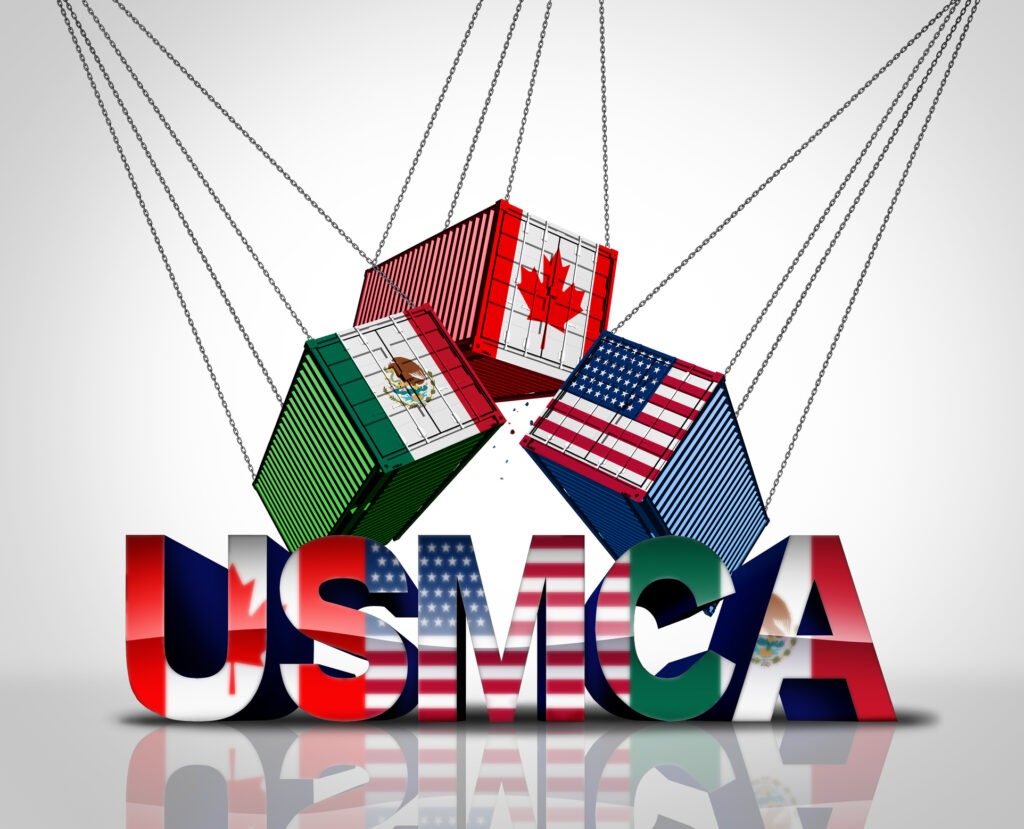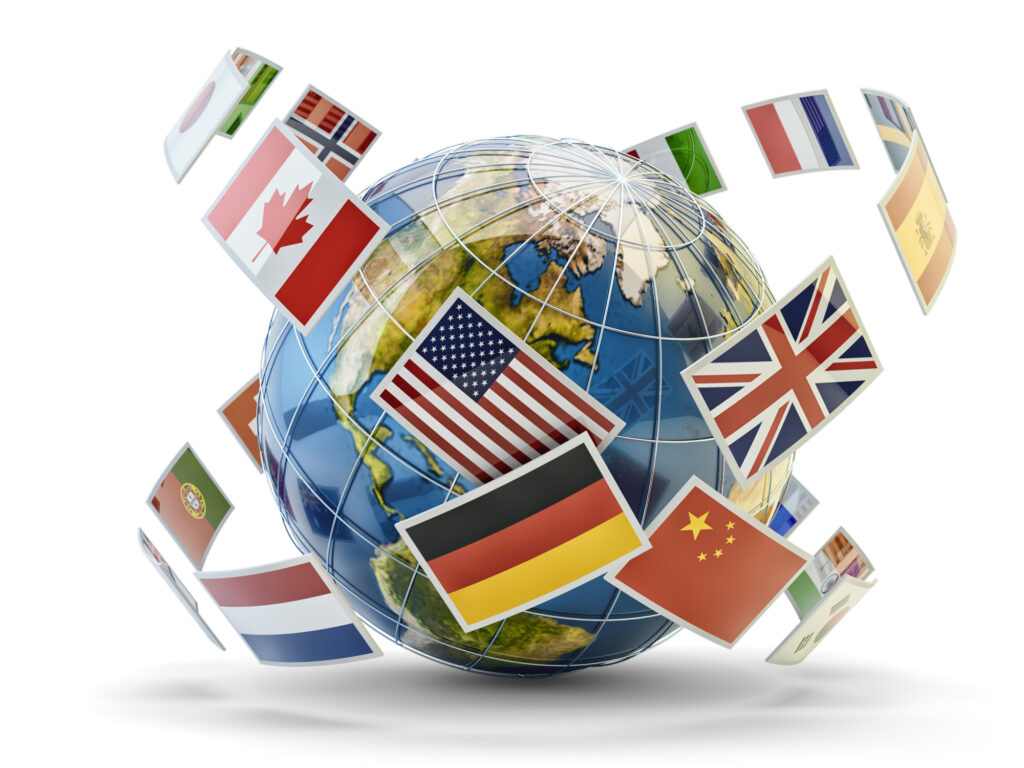
Content Partner
Grades 6-8, 9-12

Don't have an account yet? Sign up for free
Don't have an account yet? Sign up for free
Students will be able to:

In this economics lesson, students examine trade barriers using the U.S. trade embargo with Cuba.
Warm-Up
Ask students to describe what is meant by the term “trade” (exchange of goods and services). Then, ask students to describe what is meant by the term “barriers” (an obstacle that slows or prevents movement). Show students the U.S. Farmers and the Cuban Embargo Slides. Explain that trade can also have barriers, which slows or prevents the movement of goods and services. Tell students this lesson will focus on that concept. Have students participate in a Kahoot! game called Trade Barriers. (Note: Link is given on Slide 2.). Divide students into small teams or play individually using 1-1 devices. Use this game to assess student understanding of economic terms related to the lesson.
Modeling
Explain that understanding the different types of trade barriers and their impact on the flow of goods and services will help them be more informed international trade issues. Remind them that barriers are often for political reasons or to protect a nation’s consumers and producers. Slide 3. Review the basic types of trade barriers. Ask students if they have heard any of those terms in the news. Slide 4. Ask students to identify some reasons that governments would want to impose trade barriers restricting trade with other countries, and do they think that they are always good for producers and consumers. Slide 5. Review answers. Tell students that trade barriers are used for many different reasons. But, whatever the reason, they are designed to ultimately limit overall trade between countries. For example, a government may simply want to raise additional tax revenues through tariffs; it may want to force citizens to buy locally produced goods by limiting the amount of foreign made goods available; it may want to punish a foreign government or try to get that foreign government to change a behavior or action by cutting off trade with that nation; or it may want to make the price of locally produced goods more affordable by lowering the value of its currency against the value of a second country’s currency. When trade barriers are used, however, not everyone wins. Slide 6. Remind students that all choices have costs and benefits. Some of the costs with trade barriers include less consumer choice and higher prices for consumers, a reduction in competition which can lead to lower levels of efficiency. Some of the benefits include an increase in government revenue, protection of local jobs and workers, preserving national security by not having to rely on a foreign nation for goods, and changes in the behavior of a foreign nation that may be on an embargo list. Tell students the remainder of the lesson will focus primarily on embargoes – more specifically a U.S. embargo with Cuba.
Group Activity
Put students into small groups. Explain that their assignment is to investigate the history of trade relations between the U.S. and Cuba since the late 1950s. Review the U.S.-Cuba Relations Timeline to provide students with background for their assignment. Distribute copies of the U.S.-Cuba Relations handout and ask them to answer each question. Remind them to visit the two web sites listed on their handout to complete the assignment. Use Slides 7 and 8 to review their answers.
Individual Activity
Show students Slide 9. Tell them they will use the information gained in their group activity and in the article listed on the slide to examine how the U.S. embargo against Cuba has affected many farmers throughout the United States. Explain that they should pretend they are rice farmers in Arkansas to complete the assignment. Have students read the article American Farmers Need the Cuban Market and write a paragraph summarizing why they do or do not support the view of the authors. Have students share their responses with the rest of the class.
Have students identify one potential benefit to Cuban consumers and one potential benefit to U.S. producers if the two countries were to normalize all trade relations and the U.S. government lift its embargo (Slide 10). Potential answers should focus on the following: Eliminating the U.S. embargo against Cuba would mean that U.S. farmers would be free to sell their goods in Cuba and they could try to capitalize on Cuba’s yearly $2 billion purchases of foreign foods. Cuban consumers would benefit by being able to purchase additional amounts of foreign agricultural products that come from a nation much closer than current sellers. More choice would result in lower prices and better selection.
Activity 1
The U.S. Department of Treasury maintains a list of countries that are officially sanctioned by the United States. Ask students to visit the Department of Treasury web site to see which countries are currently sanctioned by the U.S. government. Have students write a paragraph explaining how U.S. producers are affected by this list. Student responses should note that trade restrictions by the U.S. government represent a loss of potential sales for U.S. producers and exporters. If the U.S. government allowed for normalized trade relations with consumers in the countries on this list, U.S. producers would have bigger markets to sell their goods and services. You may also want students to investigate the reason for one of the trade restrictions on the list.
Activity 2
Put students in small groups to visit the Department of Treasury web site to see which countries are currently sanctioned by the U.S. government. Have them investigate the reason for one of the trade restrictions on the list and report their findings to the class.

Content Partner
Grades 6-8, 9-12

Grades 9-12

Grades 9-12

Grades 9-12
